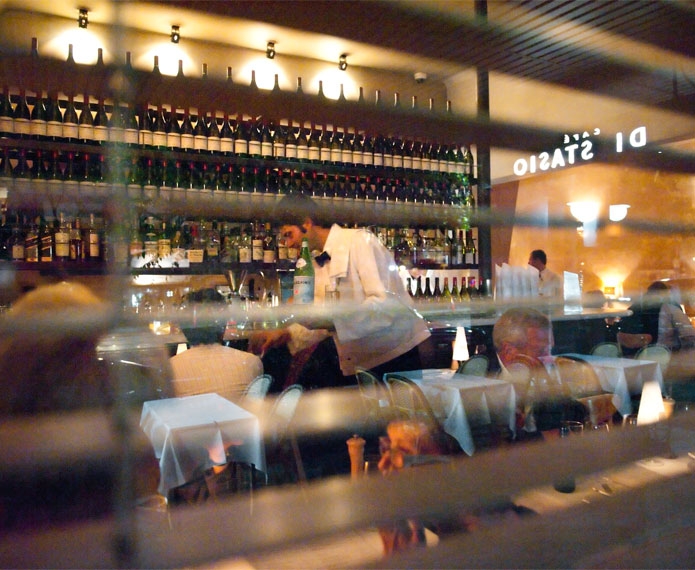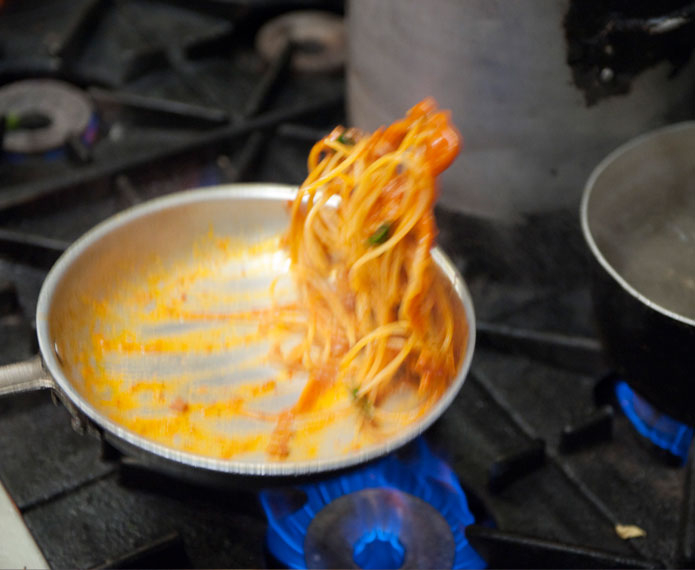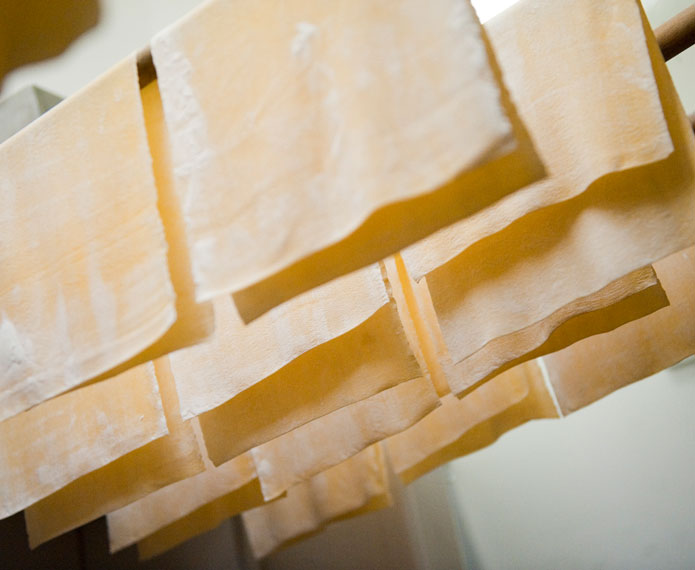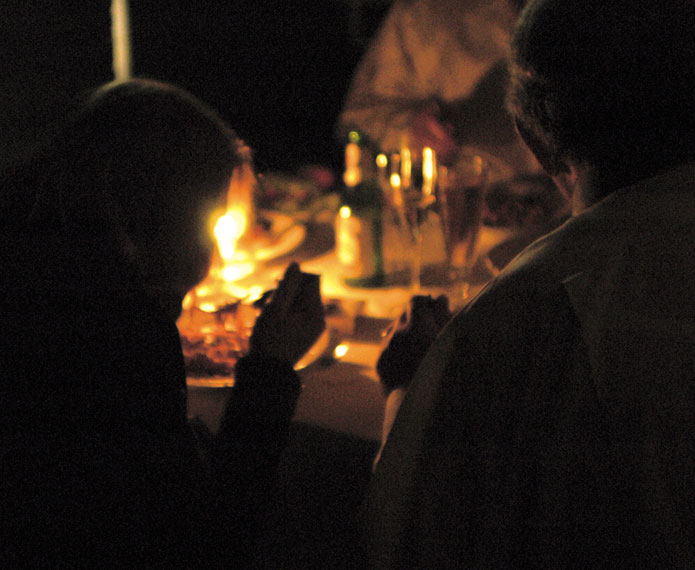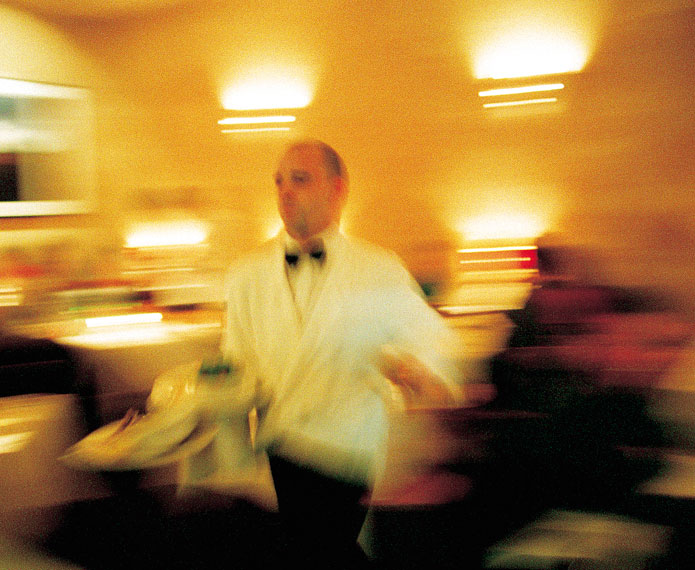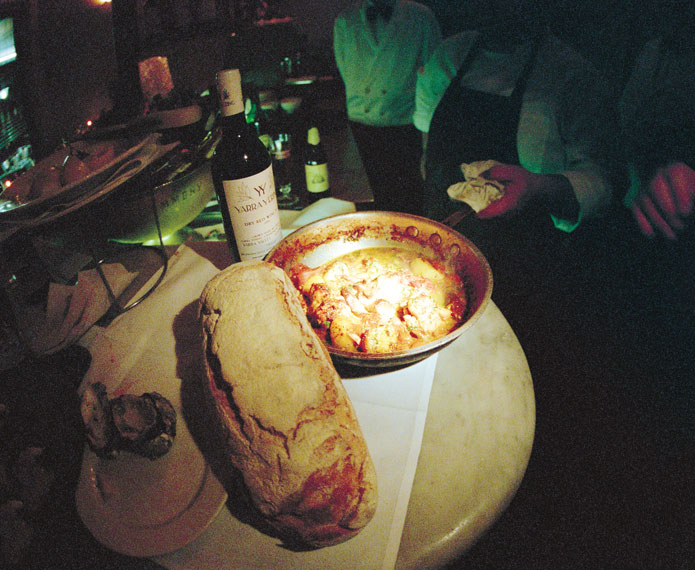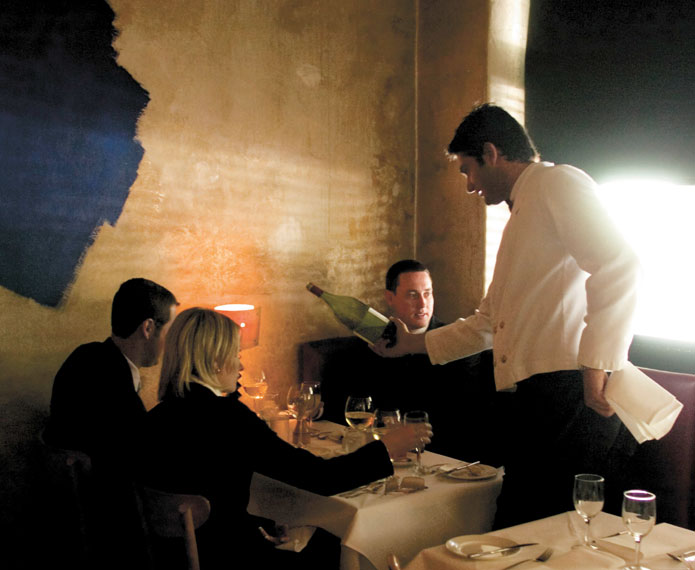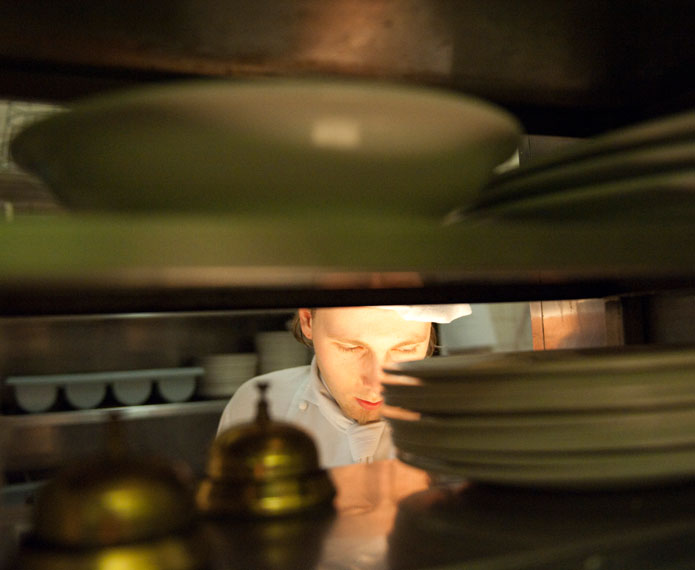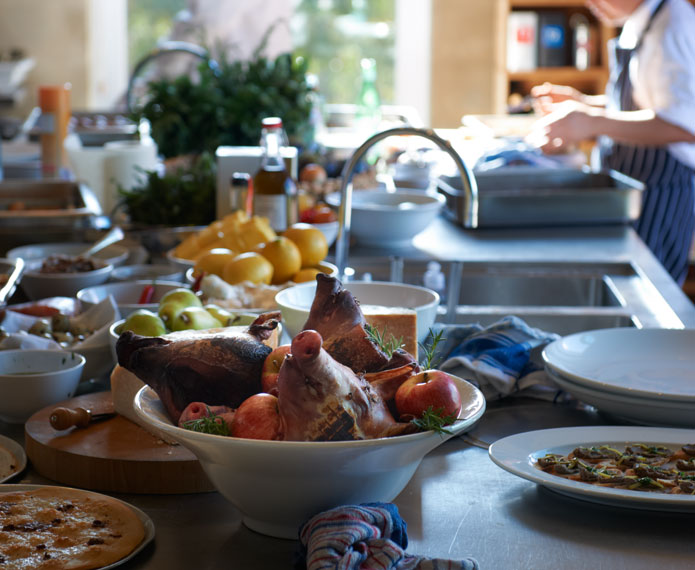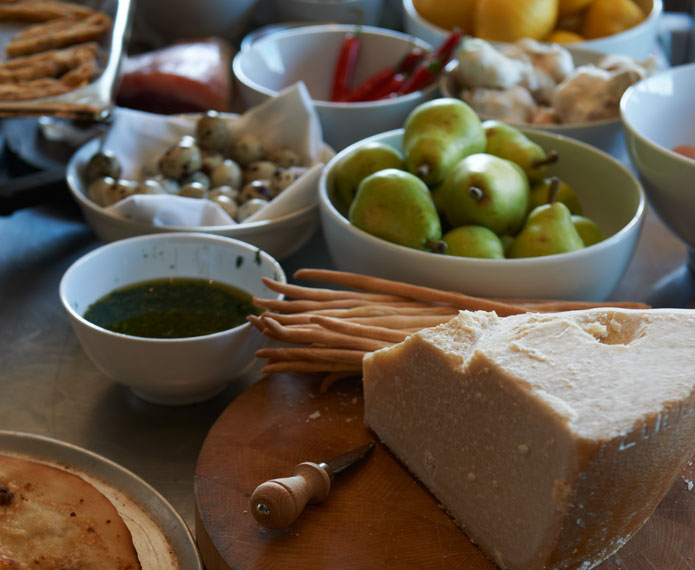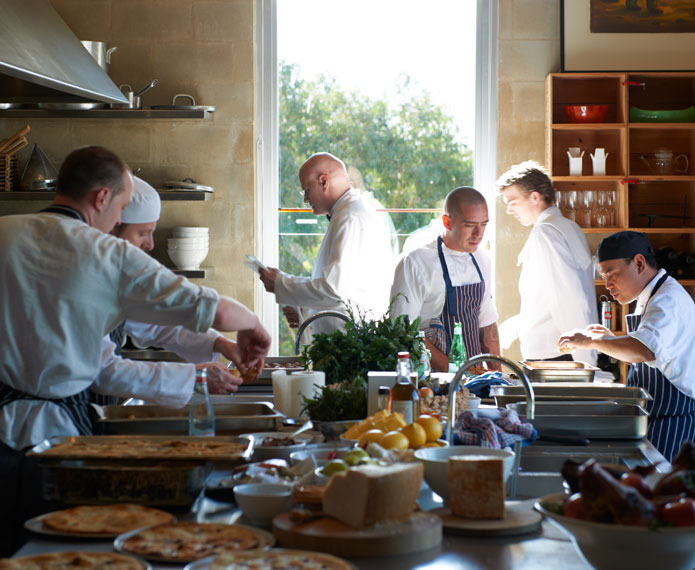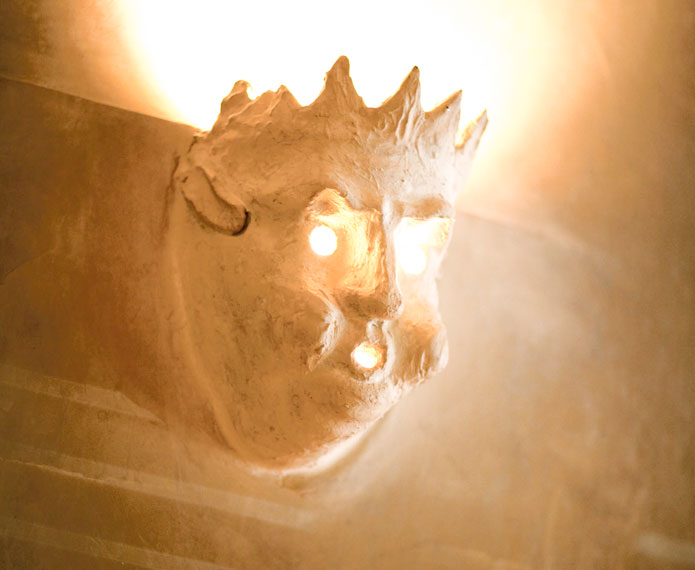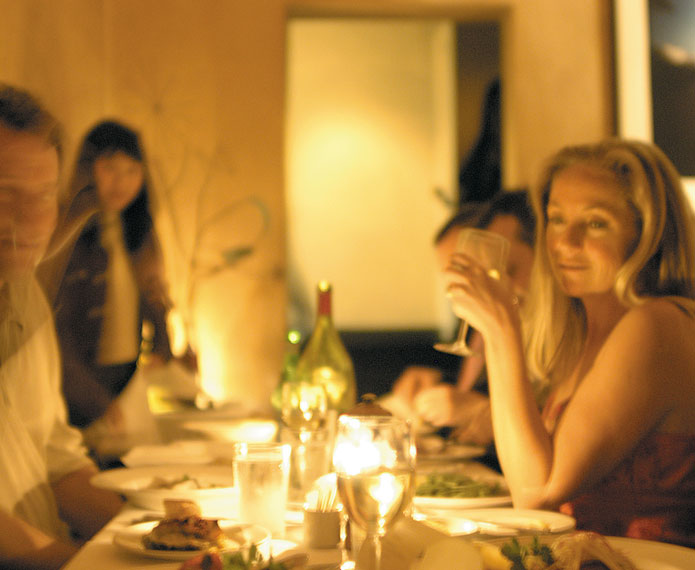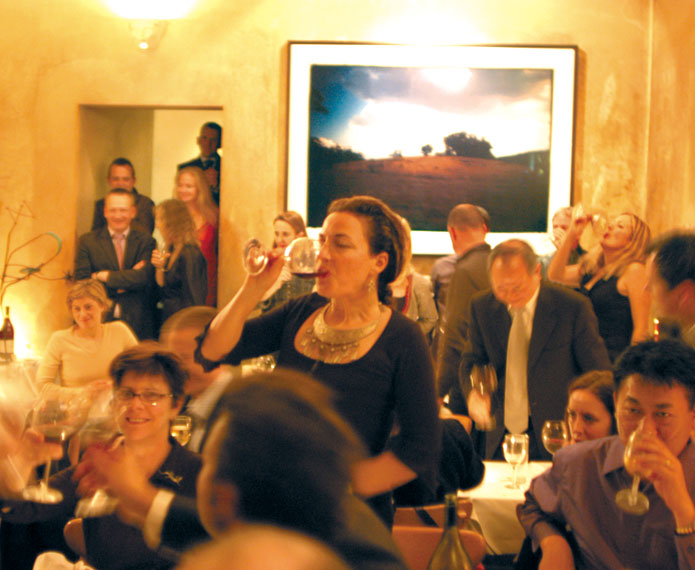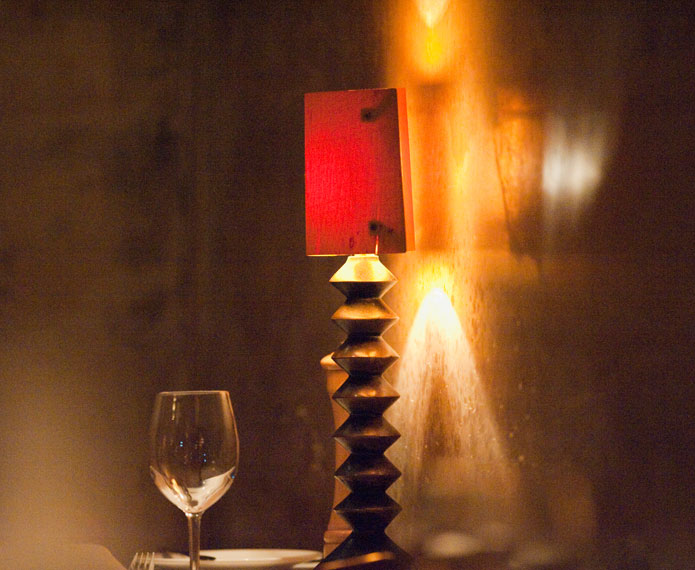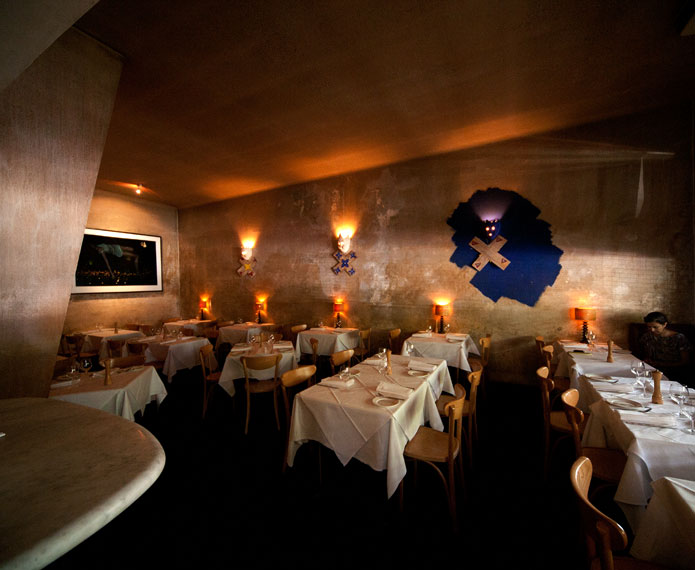Rinaldo Di Stasio has always grappled with the tension and the depth of his Italo-Australian and Australian-Italian identity.
His father Prisco, first came to Australia from Campania in 1941 – and as a former Italian army serviceman, was soon interned in the POW camp at Hay for the course of the war.
Seven years later, he returned to Italy, where he met and married Rinaldo’s mother, Pasqualina. The couple had a baby girl before the family migrated to Australia in 1952, settling in Thornbury, Melbourne.
Rinaldo was born in 1955, an Italian Australian child in a family forging for themselves a new home that to Rinaldo growing up, was never quite complete…
Throughout his youth and into his teens, he never felt like he quite fit – torn, confused, alone and out of place. He had begun school speaking the Italian that was the only language he had heard at home. Italo-Australian, Australian-Italian – it was only in 1978, at age 22, when he took his first trip to Italy, that things began to make sense to him.
To this day he yearns to be in Taurasi, hearing that dialect of his mother’s, and speaking it to others.
In 2019, Rinaldo has gone back to his origins with the opening of Cittá, just metres away from the original location of Rosati.
Setting a course
In 1985, there came Rosati, a project with fellow Italian Piero Gesualdi. More than a restaurant, this was a venture the likes of which Australia had never seen before – in the heart of the city, on a street with nothing else around it… it became an institution; a celebration of the Italian way of celebration, through hospitality, eating, drinking and boundless energy.
In 1988, just two and a half years later, Rinaldo lit out on his own, stamping his inimitable imprimatur onto the St Kilda landscape with Café Di Stasio. Designed by famed architect Allan Powell, here was a bold declaratory statement, emblazoning a very Italian sensibility and experience of art, architecture, design, entertainment, and food and drink culture at a quintessential centre-point and hub of the Australian landscape and migrant experience.
